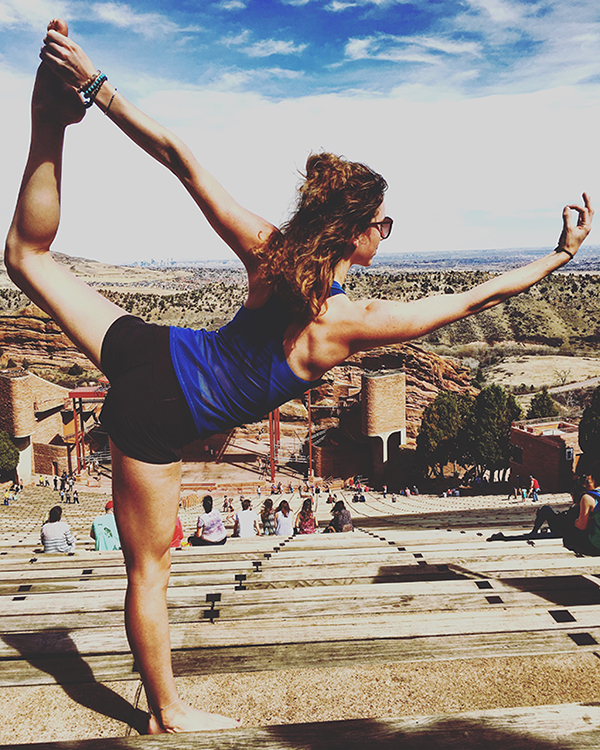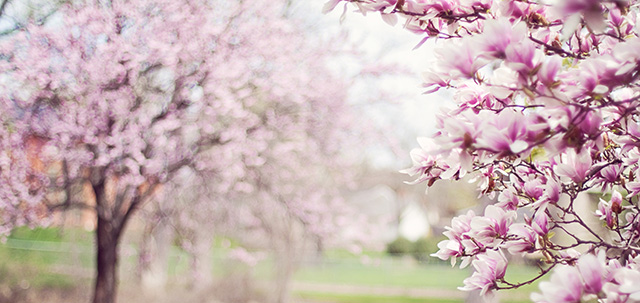
7 Dogs That Don’t Affect Your Allergies (So Much)

People who suffer from dog-related allergies often think that they can’t have a friend with four legs in the house. Fortunately, there is no need to forego the canine family when searching for hypoallergenic pets. Actually, there are breeds that won’t make you or your family reach for your preferred seasonal allergy remedy. Why? The real problem isn’t the presence of a dog, but the dander that most breeds produce.
Wait – What’s the Definition of Hypoallergenic?
Hypoallergenic was coined in 1953 and featured in a cosmetics advertisement. Even though it lacks a medical definition, the general consensus is “something that causes fewer allergic reactions.” Hypoallergenic pets still produce allergens, but due to a factor like lack of hair, they produce fewer. This means people who suffer from severe allergies and asthma may still be affected by these types of pets. However, most people will not experience as severe of symptoms.
What Is Dander?
Dander is the tiny –even microscopic – flakes of skin that are shed by animals that have fur, hair, or feathers. This material clings to the hair, so when a dog sheds or shakes itself, the dander gets into the air and causes allergic reactions in those sensitive to it. Because of this, the best dogs for people who have allergies either shed very little or simply don’t have any hair to shed.
Which Hypoallergenic Pet to Get?
When choosing the best hypoallergenic dog, it’s important to remember the temperament, exercise needs, and size of the animal as well as its low-allergen status. This will ensure that you, your family, and your new pet remain healthy and get along well with one another. Here are 7 hypoallergenic dogs and a bit about each breed’s general personality:
- Poodle. The poodle is an active and fun-loving breed that boasts a coat that you can groom into many different styles. Many people use professional groomers to handle the thick fur and get it to look right. Don’t let the copious amounts of fur scare you – these dogs hardly ever shed. This makes them great on the allergy front. Personality-wise, poodles need to be socialized early on so they get along with both people and other animals.
- Bichon Frise. These fluffy furballs are incredibly cute and naturally attract attention. They’re playful and peppy, but their curiosity can get them into trouble. Adoptive parents of these dogs should dog-proof their homes to avoid mishaps and damage. Though they don’t shed much, they do need frequent brushing to avoid matted hair. They are somewhat unique in having hair, rather than fur, and this makes the grooming process a little different.
- Maltese. The Maltese’s huge amount of hair may seem intimidating at first, but like other haired hypo-allergenic breeds, it sheds very little. This type of coat takes frequent, serious grooming to keep looking nice when at full length, so if you plan to keep one as a pet, you’ll probably want to cut that fur short. Maltese are gentle and playful, but are also “small dog bold.” Good, consistent training will help ensure that they show good citizenship in the home.
- Bedlington Terrier. This fluffy dog is listed by the American Kennel Club as the best hypoallergenic dog, though with dogs, everyone has their own favorites. A Bedlington is a medium-energy dog who needs to frolic but can then spend the evening watching TV with you.
- Chinese Crested. One way to take care of the problem of shedding is to get rid of the hair. The hairless version of this breed has only a few tufts left, and as the dog ages, the tufts thin to almost none. There’s just one catch with this breed: older dogs often win “world’s ugliest dog” competitions!
- Yorkshire Terrier. Don’t be fooled by the Yorkshire Terrier’s long coat of hair. It rarely sheds and loses only a little hair when brushed or bathed. The Yorkie is great for people with limited outdoor space. They can both cuddle and play, but be warned: terrier puppies of all sorts love to chew. Provide lots of toys to keep your table legs from being the object of their attention.
- Xoloitzcuintli. Another hairless breed, the xoloitzcuintli (sho-lo-its-kwint-lee) has its origins in the times of the Aztecs. Expect yours to be loyal, calm, and alert – but also wary of strangers. This makes it good guard dog breed. As for its tongue-twister of a name, don’t worry. Shortening it to Xolo is just fine.
These are just some of the most-liked dogs that don’t affect your allergies. To find even more, check out your local kennel club. You’re sure to find several hypoallergenic dogs. In fact, it’ll probably be hard to pick just one!
For those of you with a four-legged friend already, you can check our article on reducing dog allergies in your home!
Share:
Plantiva
Subscribe To Our Newsletter
We want to be on your team. No spam, filled only with goodness.
Keep In Touch
Most Popular


No-Gym Ab Workout!

6 Tips to Reduce Allergies To Dogs in Your Home

The Seasons are A – Changin’!
Categories
Related Posts

Wellness Journey: How Yoga and Fitness Can Fulfill Your Life
Recently I had the pleasure of interviewing Kelsey Brennan, a unique health and wellness advocate and Yoga instructor based in Denver, Colorado. I hope you

No-Gym Ab Workout!
Don’t have time for the gym? Not feeling like you’re not getting enough diversity in your workouts? If you’re just doing some cardio, crunches, and

6 Tips to Reduce Allergies To Dogs in Your Home
Even though someone in your family has a dog allergy, you’ve decided to get a furry companion. Don’t worry, you’re not alone! Even though approximately

The Seasons are A – Changin’!
While it may have snowed this week in Colorado, plants have been celebrating their renewal for well over a month in most parts of the
